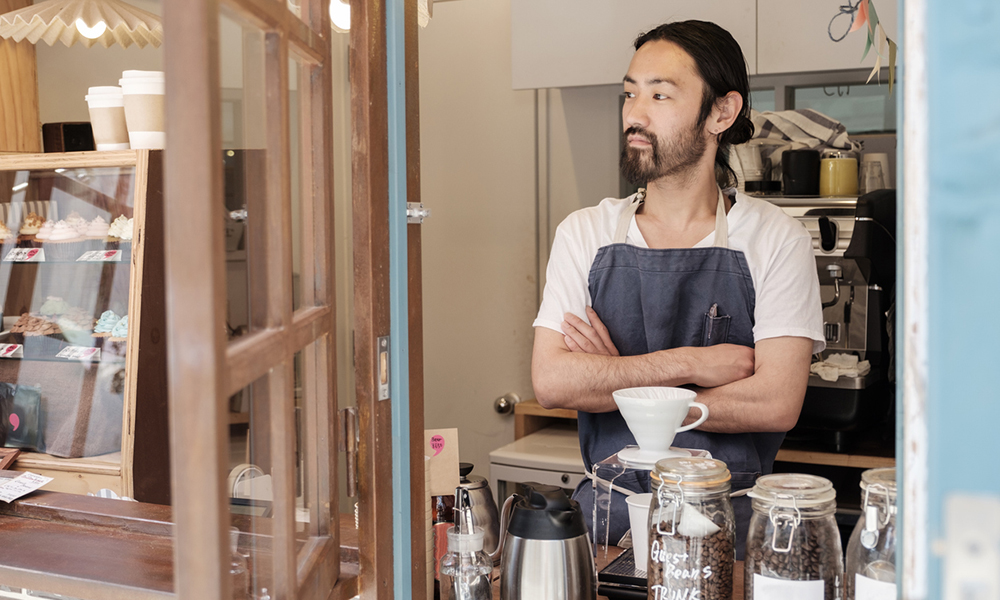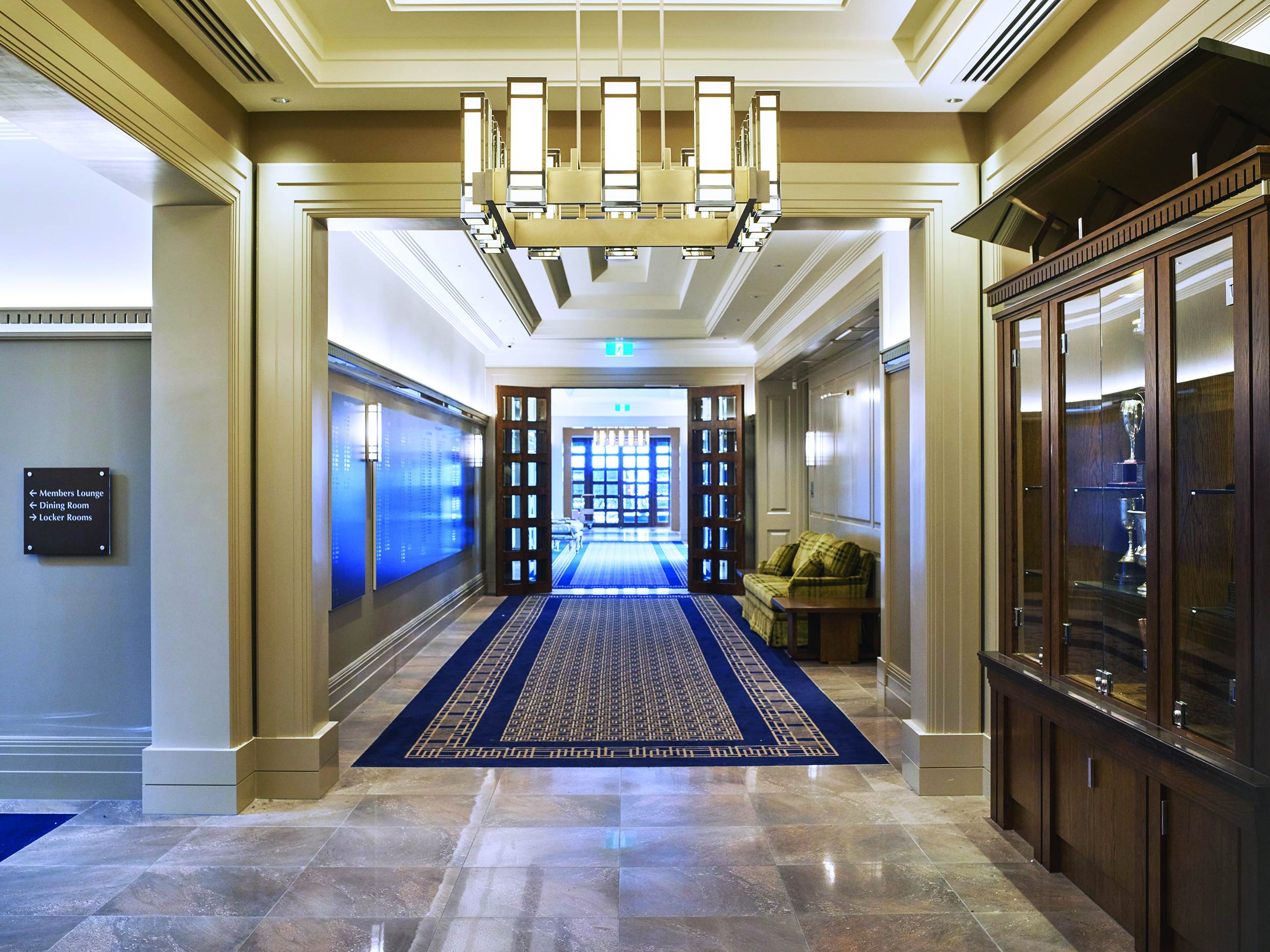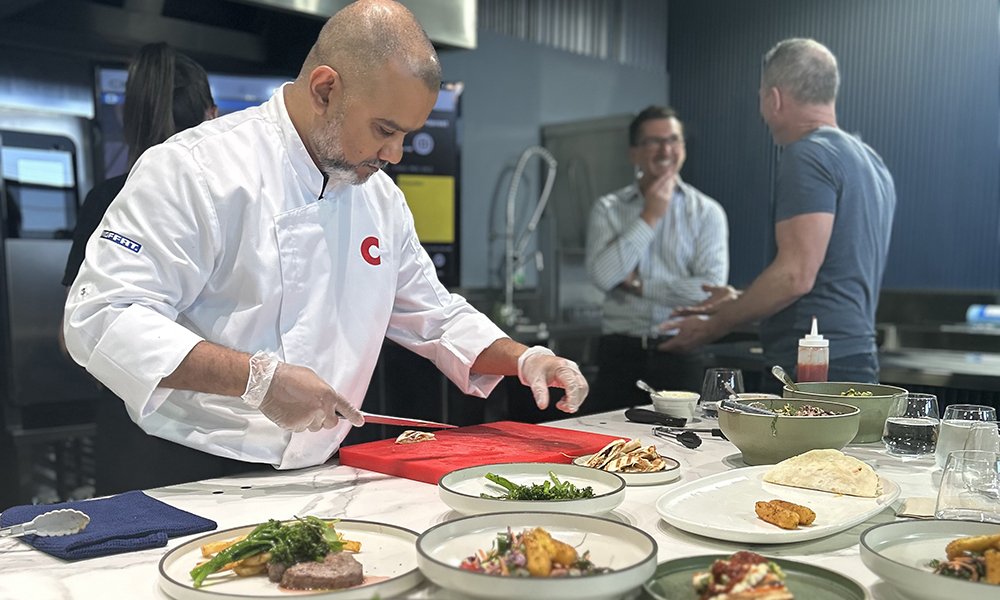
The rising cost of living is continuing to impact the hospitality industry, affecting businesses, employees, and customer experience. In this article, we’ll delve into the three key challenges and provide readers with some food for thoughts in ways to improve service operations, managing costs and attracting customers.
Staff Retention
1: Empowering staff with the right knowledge
Hospitality work is physically and emotionally demanding. Our hospitality industry is known to have high turnover rates, averaging 17% in 2023-2024. Although concerns like, “What if I train my staff and they leave?” are common, business owners can alleviate staff stress and burnout by implementing structured training programs. Quick courses and cross-training in various service functions offer staff learning opportunities and flexibility to move between service stations if required.
2: In the kitchen: cooking equipment that improves workflow efficiency
Providing commercial kitchen equipment that can help streamline operations is crucial. Cooking equipment technology is aiding in closing the skill shortage gap and is effective in alleviating stress and improving productivity in the commercial kitchen.
The Convotherm Maxx Pro is a versatile combi oven capable of simplifying a kitchen setup or workflow by allowing chefs with varying skill level to easily operate with just a simple press of a button. It’s more than just the normal combi oven in the market as they are designed to improve the cooking, operation and cleaning process. The maxx pro easyTouch combi oven offers multiple features such as the integrated smoking function that takes less space, less time and less cleaning up at the end of the day.
Cost of goods
1: Food and menu optimisation
Consider managing stock levels to allow for bulk purchases and better price negotiations. Review your sales figures to identify and remove low-performing dishes from your menu to focus on customer preferences. Utilise ingredients that can be used in multiple dishes to help with cost management and reduce food waste. For larger establishments with multiple sites, consider consolidating orders to buy in bulk and achieve savings.
2: Bargaining agreements
This strategy can extend beyond food to other items your dining venue. Negotiating long-term or bulk purchase agreements is especially beneficial if you have multiple venues, as sourcing from fewer suppliers can lead to greater savings – adopting the same equipment across all sites makes it easier for staff who rotate to different venues to adapt.
3: Reducing food wastage:
Food establishment owners can reduce waste by reviewing customer habits and adjusting menu offerings. Consider these points:
- Evaluate how much food is left uneaten to optimise portion sizes, improving inventory management and reducing waste.
- Assess if menu items should be replaced or diversified based on customer preferences.
This approach saves money by managing supply, bulk purchasing for high-demand items, and improving overall profit margins.
4: Prolong food life
An effective method to manage food costs is to prolong the shelf life of food whilst still meeting food safety regulation standards. Moffat offers the Friginox’s blast chiller and freezer refrigeration range, designed to shock chill or freeze food preserve quality for a longer period than conventional refrigeration systems.
Although not widely adopted in Australia due to cost and perception that they’re non-essential, these blast chillers are highly recommended for establishments like pubs, hotels, high-end restaurants, and large production kitchens where food safety, quality, and volume production are crucial.
Attracting customers
1: Are you giving the right level of service to your customers?
Before the pandemic, great food could compensate for basic service. Now, with the cost-of-living crisis, customers are more discerning, weighing service quality against food quality. Surcharges and self-service options can frustrate them, resulting in negative reviews. It’s essential to deploy your staff effectively to enhance the service experience and add real value. Consider the balance between front-of-house and back-of-house roles or explore whether investing in technology can free up staff to improve the customer experience.
2: Cafes, takeaways & fast-food stores – customers are time poor
From dining in to takeaway and meal delivery, your customers are everywhere. Operators require better management on workflow process, especially during peak service times can be highly stressful when it’s understaffed.
Timely food delivery is important to the customer waiting in line. The Merrychef conneX range features compact high-speed ovens that are 12-15 times faster than traditional convection ovens, significantly reducing wait times both in the back-of-house and front-of-house. These ovens can toast, grill, and reheat food, making them perfect for grab-and-go items for small to medium cafes, quick service restaurants (QSRs), bakeries, cafeterias, and food trucks. Customers are happy they are being served hot food quickly, and owners can potentially redeploy staff to assist in other parts of operation. The conneX range is also ventless so you can place it anywhere, plug in, and it’s ready to use.
Moffat offers a free service for chefs and culinary business owners to gain advice on improving cooking, baking, holding and serving challenges, and enhancing cost effectiveness. To find out more, get in touch with our Moffat team today.




